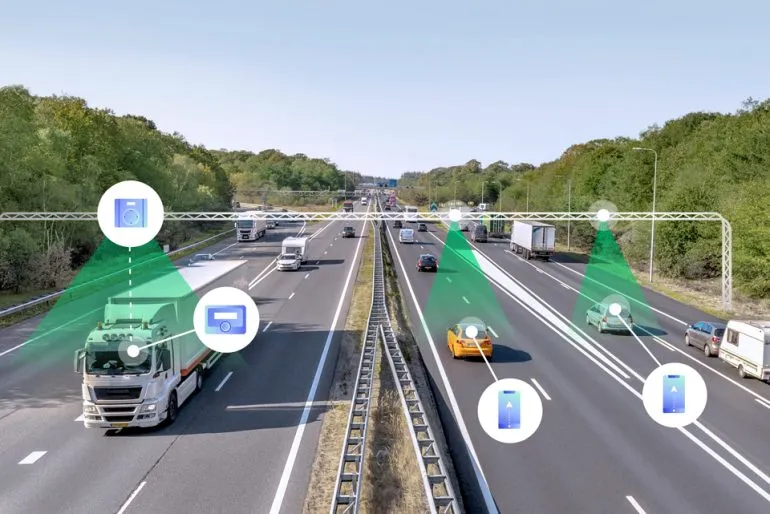Font size:
Print
India Becomes Third-Largest Producer of Wind and Solar Electricity
Context: In 2024, India overtook Germany to become the world’s third-largest producer of electricity from wind and solar energy. The sixth edition of Ember’s Global Electricity Review reported that wind and solar energy together generated 15% of global electricity, with India contributing 10% of that total.
More on News
- Solar power generation globally doubled in just three years, reaching 6.9% of the electricity mix.
- Solar remains the fastest-growing power source for the 20th year in a row.
Global and Indian Energy Trends
- Low-carbon sources (including renewables and nuclear power) accounted for 40.9% of global electricity in 2024, marking the first time since the 1940s this threshold was crossed.
- In India, clean sources (solar, wind, hydropower, and nuclear) provided 22% of electricity generation in 2024.
- Hydropower contributed the most at 8%, while wind and solar together contributed 10%.
Growth in Electricity Demand
- Electricity demand globally grew due to rising consumption from AI, data centers, electric vehicles, and heat pumps, contributing to a 0.7% increase in global electricity demand in 2024.
- In India, heatwaves were responsible for about one-third of the rise in power demand during the 2024 summer, with air conditioning usage significantly contributing to the surge.
- India’s electricity demand grew by 5% in 2024, with clean generation meeting 33% of the increase, while coal met 64% of the demand rise (significantly lower than in 2023, when coal met 91%).
Renewable Energy Growth
- Global renewable energy generation set a record, adding 858 terawatt hours (TWh) in 2024, which is 49% more than the previous record in 2022.
- Solar power was the largest source of new electricity for the third consecutive year, adding 474 TWh in 2024.
- Over the last three years, global solar generation has doubled, now representing 6.9% of the global electricity mix.
India’s Solar Power Expansion
- Solar contributed 7% to India’s electricity generation in 2024, doubling since 2021.
- India added 24 gigawatts (GW) of solar capacity in 2024, more than double the amount added in 2023.
- India became the third-largest solar market globally after China (1,826 TWh) and the US (757 TWh).
- The country recorded the fourth-largest increase in solar generation worldwide, adding 20 TWh.
Significance of Solar Power
- Phil MacDonald, Managing Director of Ember, stated that solar power has become a central driver of the global energy transition, particularly when paired with battery storage.
- Solar is described as the fastest-growing and largest source of new electricity, which is crucial in meeting the increasing global demand for power.
Challenges and Future Goals
- India is facing the challenge of ensuring that its clean energy generation grows rapidly enough to meet its rising power demand.
- India’s climate commitments aim for 50% of its installed electric power capacity from non-fossil fuel sources by 2030.
- The country also set a goal of achieving 500 GW of non-fossil fuel capacity by 2030, although the Ember report noted that achieving this goal requires a 20% annual increase in funding for renewable energy deployment.
Regional and Global Impacts
- Aditya Lolla, Asia Programme Director at Ember, highlighted that Asia’s clean energy transition is accelerating, driven by record growth in solar and other renewable sources.
- The clean energy market’s expansion is vital for ensuring energy security, economic resilience, and providing emerging countries with the benefits of the global clean energy economy.
India’s Progress as a “Solar Superpower”
- India has made significant strides in adopting renewables, but as the demand for energy rises, maintaining rapid growth in clean energy is critical to meeting future needs.
- UN climate change chief Simon Stiell referred to India as a “solar superpower,” emphasising that fully embracing clean energy would fuel India’s economic rise.


